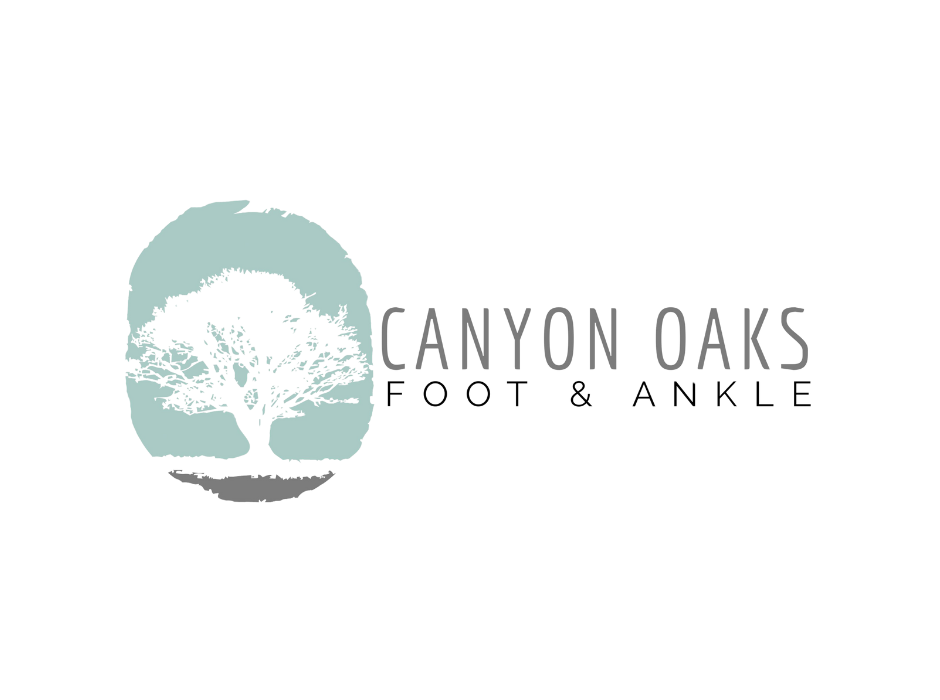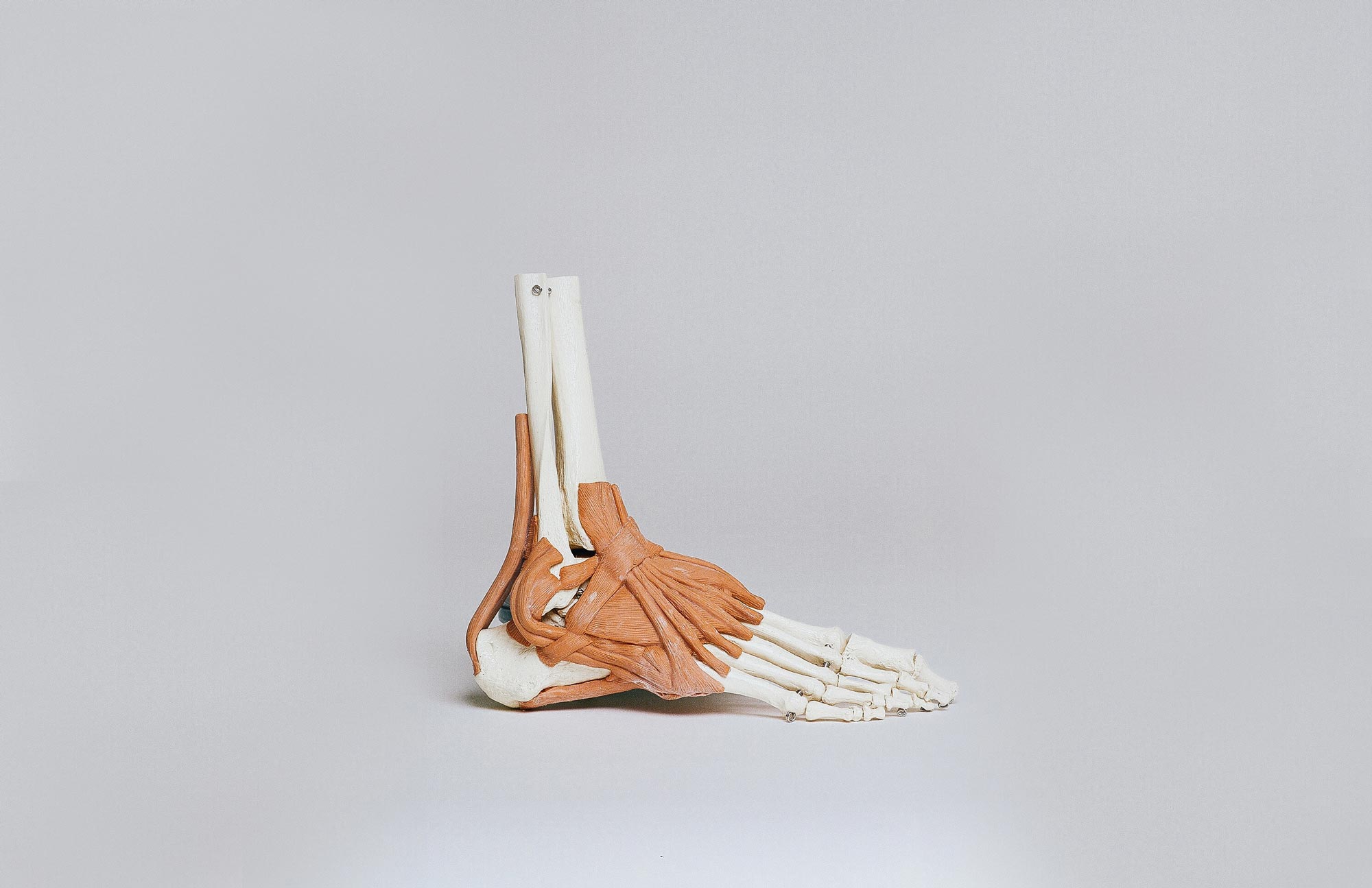How do you walk? Many of us don’t think about the way that we walk and less about protecting our feet or even exercising them. But our feet are an essential part of being healthy. So, if you’ve ever wondered what the difference between pronation, overpronation, and supination is, you’re in luck – that’s what today’s blog is about
Proper Foot Movement
A person’s gait refers to the manner or style of walking. The proper movement of our feet as we walk or run involves a natural side-to-side motion with each step you take. When the foot impacts the ground, it pronates, supinates, and then your toes push-off the ground.
Neutral pronation refers to those who have proper foot movement. When the foot lands, they step on the outside of the heel, your weight is placed on the inside of your feet, and the feet roll inward. In neutral pronation, the push-off motion is aided evenly by all the toes.
Unfortunately, different factors can affect proper foot movement, causing overpronation or supination.
Overpronation
Your foot naturally shows pronation when you walk or run. But overpronation occurs when the foot rolls too far inward as you step. The weight should then shift outward but doesn’t and places extreme pressure on the big toe and second toe as the foot pushes off the ground.
Causes
In general, people that have flat feet will show overpronation. Flat feet means there is little to no arch support when the foot impacts the ground. In most cases, people are born with flat feet, but those who are pregnant or overweight can also develop this condition and suffer from overpronation.
Effects
People who have developed overpronation are more prone to injuries such as:
- Shin splints. When the foot rotates more than it should, the tibia will rotate more than usual, causing inflammation of the muscles, tendons, and bone tissue around it.
- Bunions. The excess weight placed on the inside of the foot will force your big toe to get pulled toward the smaller toes creating a bony bump that forms on the joint at its base.
- Heel Spurs. Gait abnormalities create calcium deposits that build up to make a bone-like growth in the shape of a hook on the underside of the heel bone.
Supination
Supination, also known as underpronation, refers to when your foot doesn’t pronate enough and rolls outward. The weight, on impact, is placed on the outside of the foot instead of the ball of the foot. The smaller toes will do more of the work during push-off than the big toe and second toe, whose job is to absorb most of the impact.
Causes
Supination is related to people that have inherited abnormal foot structures, like high arches. It’s also common to develop this condition if you wear tight shoes all the time or shoes that lack the proper support.
Effects
People who have developed supination are more likely to develop injuries such as:
- Strained ankles. Excess pressure on the ankles will lead to pain and possible sprains.
- Plantar fasciitis. The plantar fascia, which is the thick band of tissue that connects your heel bone to your toes, becomes inflamed.
Are You Experiencing Foot Pain?
Overpronation and supination can lead to various foot issues that are treatable. The experts at Canyon Oaks Foot and Ankle are eager to help you determine if you have developed either of these gait abnormalities.
Contact us at our Fresno, Visalia, or Porterville podiatrist offices today!

